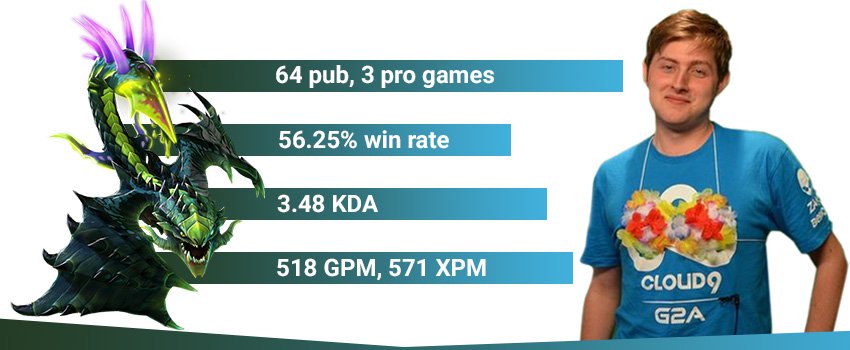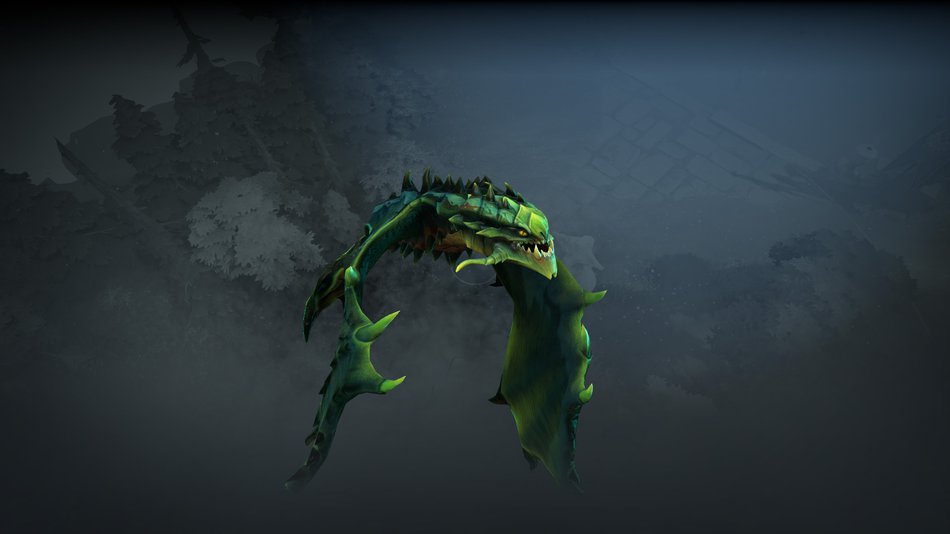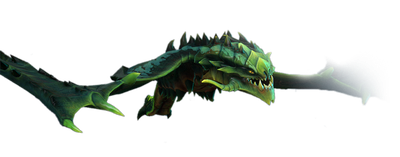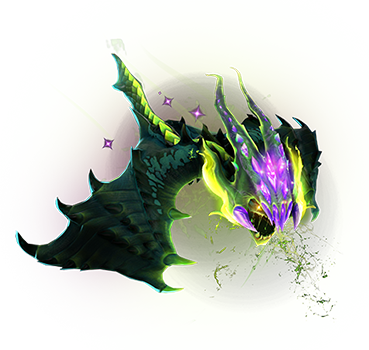Viper excels in 1v1 situations because he can zone out and out-last-hit almost any opponent. However, you can also play the hero in dual lanes and in a defensive trilanes. Your job in the early game would be to harass, zone out enemies if possible while getting last hits.
MAJOR:
Survivable:
Viper, although being an agility hero, is
quite tanky thanks to Corrosive Skin. The ability makes him very survivable
against magic damage and reduces the amount of physical damage taken by
lowering the enemy attack and movement speed. It’s challenging to take direct
fights against Viper, which is a very useful quality to have if you want to use
the hero to force engagements and take objectives.
Lane Dominator:
All of his spells allow him to harass and
even zone out his lane opponent very efficiently. Poison Attack deals
significant damage and allows Viper to orb walk. Corrosive Skin makes it hard
for enemies to harass Viper back because they take damage whenever they do so.
Nethertoxin, allows Viper to push the wave out if he needs to.
MINOR:
Control through magic immunity:
Viper has a very powerful slow that goes
through magic immunity – Viper Strike. The ability
is very useful against physical damage dealers (especially melee heroes) as it
slows both the attack and movement speed of the target. If you get Aghanim on
Viper, his ultimate can be cast every 10 seconds, allowing him to shut down an
enemy carry (even multiple heroes in fights) to a great extent.
Deals damage independent of
items:
Viper doesn’t need almost any items in
order to be effective in fights. His ultimate and other DOT abilities provide
both control and deal a good amount of damage in engagements. The ability to
fight without much farm is quite important if you want to force fights directly
after the laning stage.









